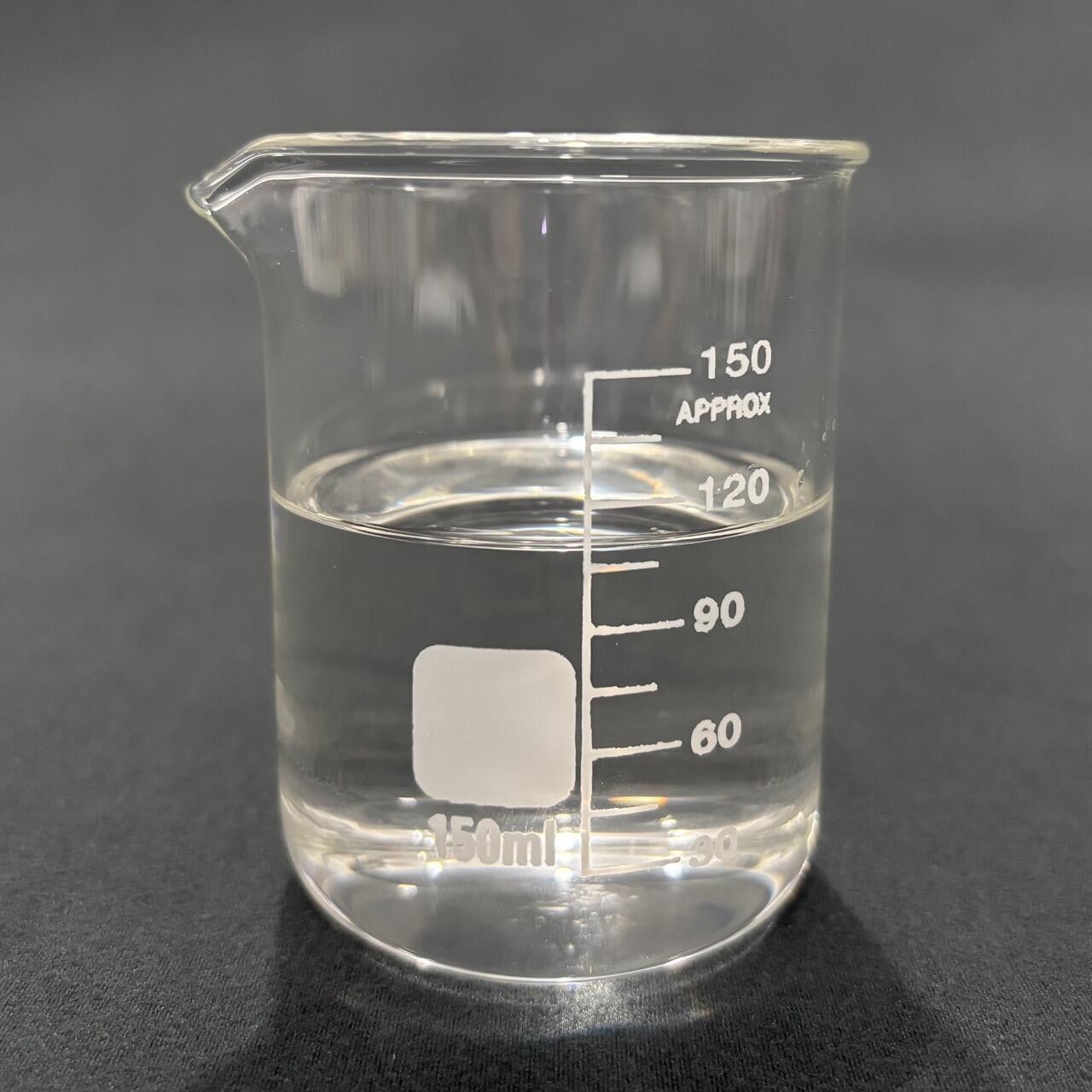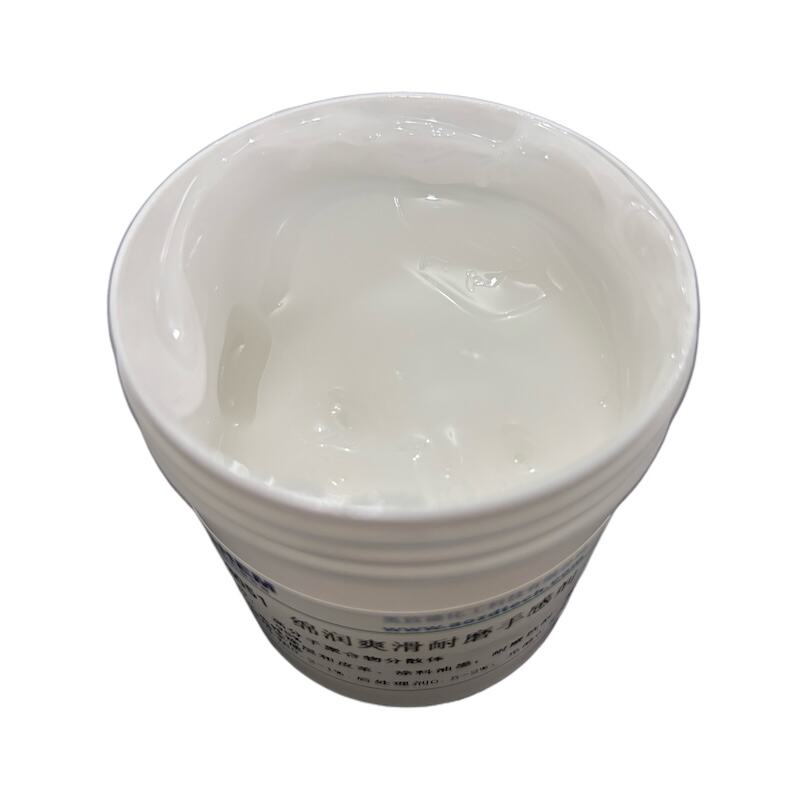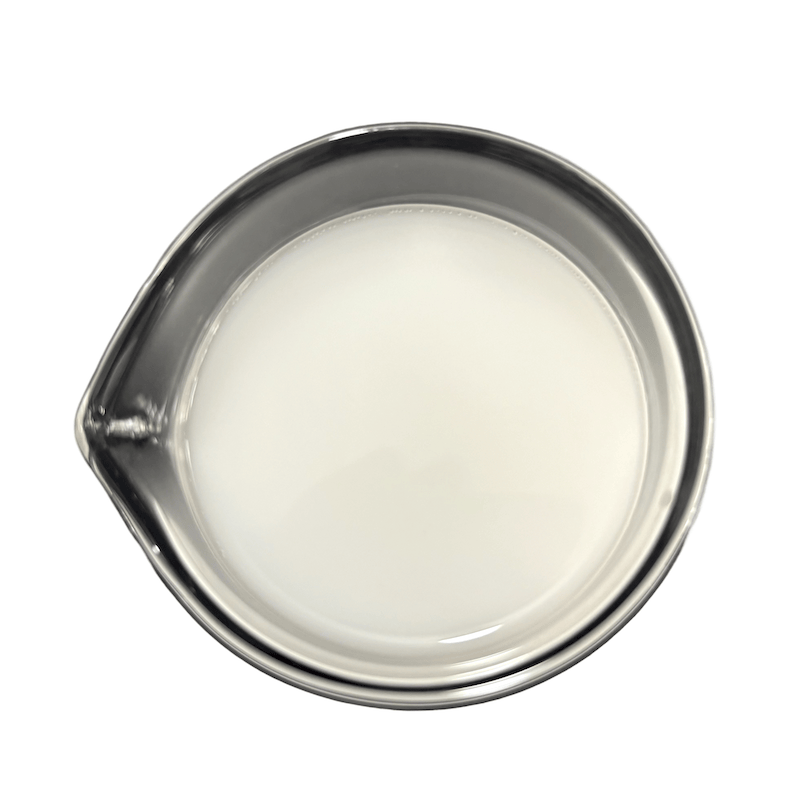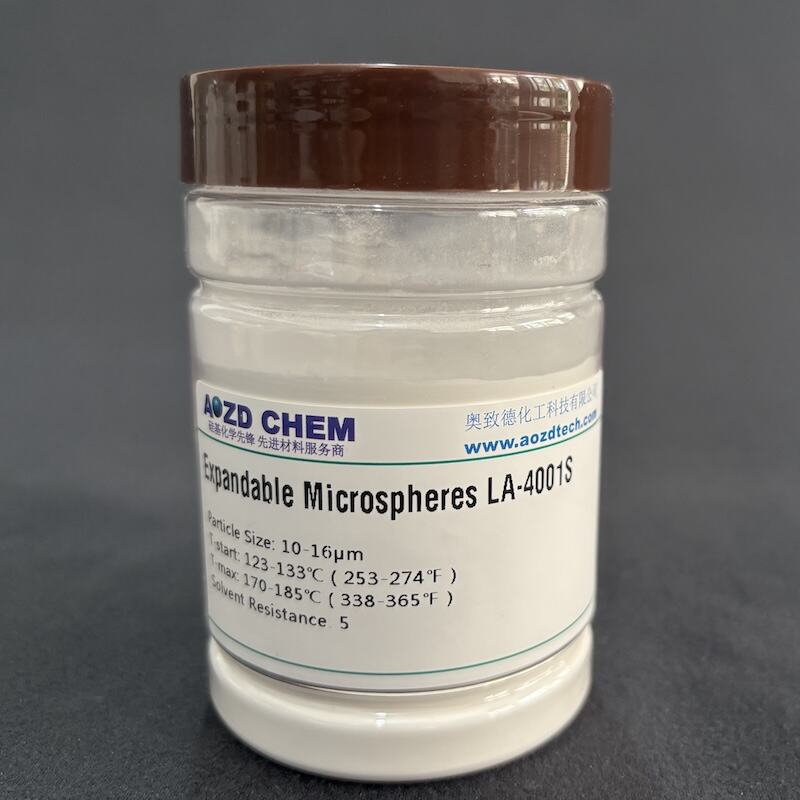ecofriendly additives
Ecofriendly additives represent a revolutionary advancement in sustainable manufacturing, offering environmentally conscious solutions without compromising performance. These innovative compounds are specifically engineered to enhance material properties while minimizing environmental impact. The additives function through various mechanisms, including biodegradation enhancement, toxicity reduction, and improved recyclability of end products. Their technological features include molecular-level modification capabilities, compatibility with existing manufacturing processes, and controlled release properties. These additives find widespread applications across multiple industries, from packaging and consumer goods to construction and automotive sectors. They can be seamlessly integrated into various materials, including plastics, coatings, and composites, providing enhanced functionality while maintaining eco-consciousness. The additives are designed to meet stringent environmental regulations while delivering superior performance in terms of material durability, processing efficiency, and end-product quality. Their versatility extends to both water-based and solvent-based systems, making them suitable for diverse manufacturing requirements. These solutions represent a significant step forward in sustainable industrial practices, offering manufacturers a practical path to environmental compliance without sacrificing product quality.








